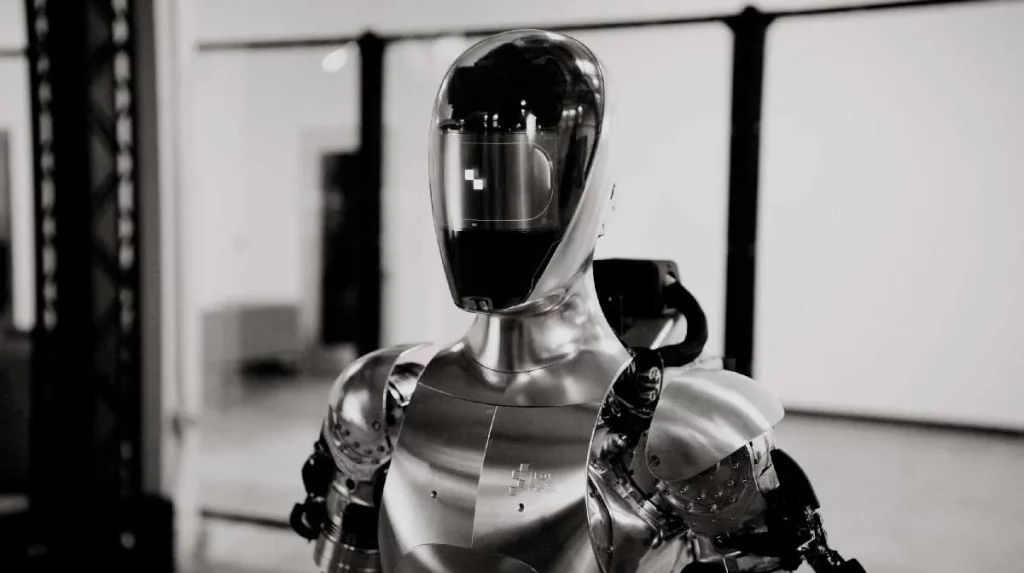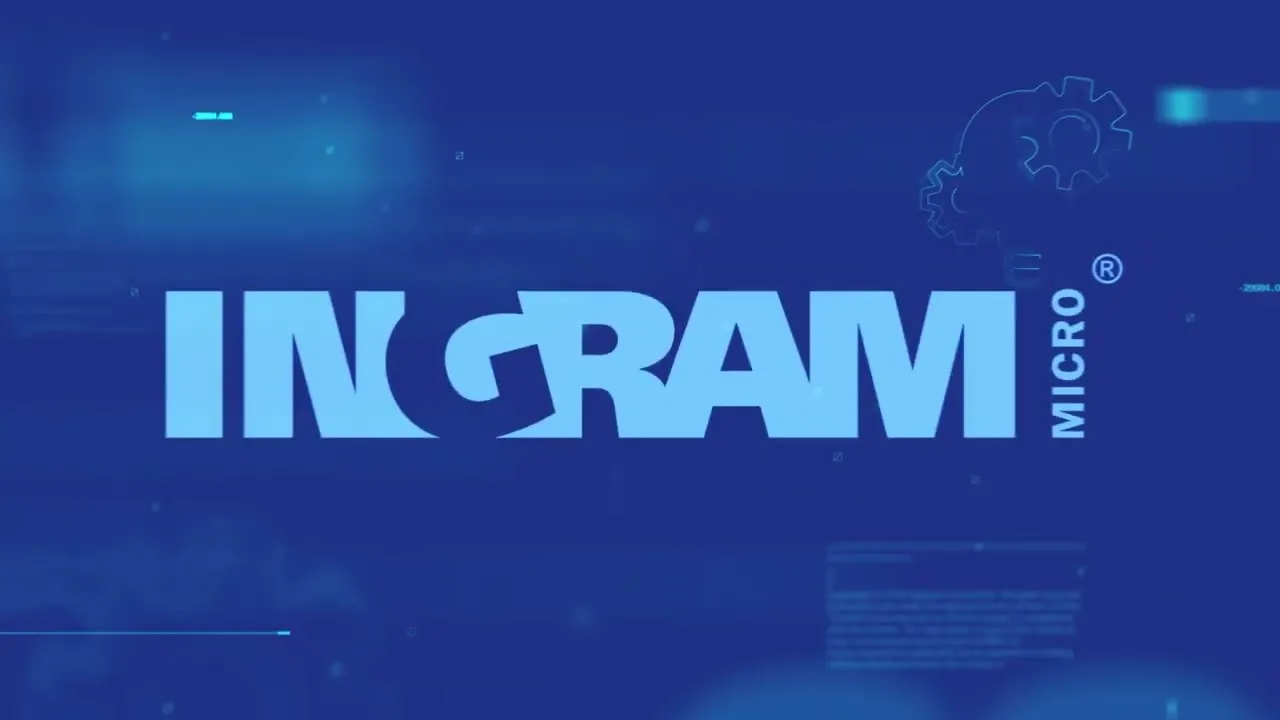Artificial Intelligence (AI) has been one of the most transformative technologies of the last few decades. From automating repetitive tasks in factories to creating facial and voice recognition systems, we have witnessed how AI has advanced at a rapid pace.
However, the field of humanoid robotics is one of the most promising areas where AI is starting to show its true potential. This new technological frontier of AI is about to change our relationship with machines, from work to daily life.
Nvidia, one of the most influential companies in the development of graphics processing technology, is leading this advance. With its new innovations in artificial intelligence and robotics, Nvidia has positioned itself as a pioneer in humanoid robot development.
In its recent annual GTC 2025 conference, Jensen Huang, CEO of Nvidia, revealed technological advancements that could bring humanity a step closer to a revolution in robotics, a revolution that will not only change the industry but also the way we interact with technology in our daily lives.
This article from ITD Consulting explores the technologies Nvidia is developing for humanoid robots, how these innovations are shaping the future of AI, and the potential impact of these advances on society and the global economy. Through its latest projects and strategic partnerships, Nvidia is not only helping create smarter robots but is also opening the door to a future where humanoid robots could become an integral part of our lives.

The Groot N1 Project: The Foundation of Nvidia’s Humanoid Revolution
One of the most ambitious initiatives announced by Nvidia is Groot N1, an artificial intelligence platform that has the potential to revolutionize the design and operation of humanoid robots. Unlike other AI systems, Nvidia’s Groot N1 is specifically designed to more efficiently replicate human cognitive processes.
This AI advancement from Nvidia allows robots to not only perform specific tasks but also adapt to new environments and learn from experience. The key feature of Nvidia's Groot N1 is its ability to perform "autonomous learning," meaning that robots powered by this technology can acquire new skills and knowledge without constant intervention from programmers.
This is achieved through the creation of synthetic data and simulations in virtual environments, enabling robots to "practice" tasks in a controlled space before interacting with the real world. This characteristic of Nvidia’s robots not only accelerates the development process but also improves the safety of the robots by minimizing the risk of errors or failures in real-world situations.
The advancement represented by Nvidia’s Groot N1 in terms of efficiency and adaptability is remarkable. In comparison to traditional systems that require years of training in the real world, Nvidia’s Groot N1 allows robots to be trained in a fraction of the time.
This not only speeds up the development cycle with Nvidia but also reduces costs and facilitates the creation of robots for a variety of applications. Nvidia's AI system is presented as the foundation for the next generation of humanoid robots, which will be capable of executing complex tasks and autonomous learning, regardless of the environment they are in.
Whether in a factory, at home, or even in space, Nvidia’s Groot N1 will allow robots not only to act more efficiently but also to interact with their environment in a more flexible and human-like manner.
Humanoid AI: Towards Robots that Will Think and Feel
One of the most fascinating aspects of Nvidia's project is not just the robots' ability to perform tasks but also their ability to interact with humans naturally. This aspect developed by Nvidia is a key challenge in humanoid robotics: making robots not only perform specific functions but also understand human emotions and respond appropriately.
With the integration of technologies such as deep learning and neural networks, Nvidia is enabling robots to not only understand verbal commands but also respond coherently to social interactions. For example, one of Nvidia’s most recent advances is the ability of Groot N1-powered robots to recognize facial expressions, tone of voice, and other emotional cues from the humans they interact with.
In this way, Nvidia’s robots can adapt their behavior depending on the emotional context of the person, something that seemed unimaginable in the world of robotics before. During Nvidia’s presentation at GTC 2025, a small robot powered by Groot N1 was shown to be capable of detecting a person's emotional state and responding accordingly.
If the person was stressed or anxious, Nvidia’s robot could offer a comforting gesture or even alter its behavior to calm the person. This type of interaction achieved by Nvidia is crucial for robots to not only be useful in functional terms but also as companions that can offer emotional support.
This advance in "robotic empathy" raises a series of philosophical and ethical questions about the nature of human-machine relationships. If robots can recognize and respond to our emotions so effectively, what does this mean for the future of human-machine interaction? Could robots become a form of emotional companionship for those who live alone or struggle to interact with other humans?
Strategic Partnerships: Collaboration with Robotics Companies
Nvidia is not alone in its mission to transform humanoid robotics. The company has established a series of collaborations with other technology and robotics giants to elevate its innovations to new heights. One of the most notable partnerships is with X1, an emerging company in the field of domestic robots.
The robots developed by X1, which originally could only perform basic tasks such as cleaning and organizing, have greatly benefited from the integration of Nvidia's Groot N1. Thanks to Nvidia’s technology, X1’s robots can now perform much more complex tasks, such as elderly care or assistance in home management.

With the ability to learn from their environment and adapt quickly, these humanoid robots could become very valuable personal assistants, especially in homes for elderly people or in situations where constant assistance is required. Another significant example of Nvidia's partnerships is with DeepMind from Google, one of the most advanced companies in artificial intelligence research.
This collaboration between Nvidia has led to the development of Newton, an advanced physics simulation engine that enhances the learning capabilities of humanoid robots. With Newton, robots can learn more quickly how to interact with objects and manipulate the physical environment. This type of simulation is especially useful for tasks requiring a high degree of physical skill, such as lifting objects, moving them with precision, or even performing repairs in complex environments.
The impact of Nvidia’s partnerships goes beyond creating smarter and more efficient robots. The potential applications of these robots are practically limitless. From the domestic sphere to the entertainment industry, humanoid robots could be employed in a variety of sectors.
For example, in Disney theme parks, robots could provide a more immersive and interactive experience, allowing visitors to have a more direct relationship with robotic characters. This is just a glimpse of how AI-powered humanoid robots could transform entertainment and customer service experiences in the future.
Social and Economic Impact: Opportunities and Challenges
The advancement of Nvidia's humanoid robotics has both positive and negative implications for society. On the one hand, the creation of robots capable of performing domestic tasks or assisting elderly people could improve the quality of life for many, especially those who need constant support due to age or disability.
Nvidia’s humanoid robots could also be key to improving productivity in industrial environments, where they can perform repetitive and dangerous tasks more efficiently than humans. However, there are also significant challenges.
One of the most important is the impact humanoid robots will have on employment. As machines become more capable of performing tasks traditionally done by humans, they could replace workers across a variety of industries.
While automation has been an efficiency driver in sectors like manufacturing, the advancement of humanoid robots could further extend the reach of automation. Job loss due to automation is a problem that must be proactively addressed.
Governments and businesses will need to find ways to retrain workers for new opportunities that will arise in emerging industries such as robot development and maintenance, AI programming, and other fields related to advanced technology.
Furthermore, the widespread adoption of humanoid robots like Nvidia's could raise new concerns about privacy and security. Robots interacting with humans may have access to a wealth of personal data, from behavior patterns to emotional information. Companies will need to ensure that this data is handled ethically and securely to avoid abuse or privacy violations.
The Future of Robotics: What Awaits Us?
Jensen Huang’s vision of the future of humanoid robotics is clear: artificial intelligence and advanced robotics are nearing a turning point where robots will become an integral part of our daily lives. The creation of robots, like Nvidia's, that not only think and act autonomously but can also interact emotionally with humans, could transform entire industries and improve the lives of millions of people worldwide.
While this future is promising, it is also full of challenges. As robots become smarter, like Nvidia's, questions arise about their integration into society and how we will manage the potential side effects of massive automation. The debate over the ethics of AI and humanoid robotics will be one of the most important in the coming decades.
What is undeniable is that we are on the threshold of a new era where humanoid robots will not only be technological tools but intelligent companions that can improve our lives in ways that today we can only imagine.

The era of humanoid robots has arrived, and Nvidia is leading the way with advancements like Groot N1 and its strategic collaborations with cutting-edge robotics companies. The vision of a society where robots not only perform everyday tasks but also emotionally interact with humans is closer to becoming reality than ever before.
These advancements, like Nvidia’s, promise not only to transform industries such as manufacturing, customer service, and healthcare, but also to open new opportunities in areas like education, entertainment, and elderly care. Nvidia’s humanoid robots will be capable of performing complex tasks, from assisting in the home to aiding in emotional therapies, improving quality of life and offering solutions to growing social problems, such as population aging and labor shortages in certain sectors.
As technology evolves, humanoid robots have the power to radically change how we live, work, and interact with machines. However, with this Nvidia advancement also come a series of challenges that must be addressed with responsibility and ethics.
The mass adoption of humanoid robots raises questions about social impact, privacy, security, and the future of work. It is crucial that this transition is managed in a balanced way, considering both the benefits and potential risks. If proper policies are implemented, new skills training is encouraged, and appropriate regulation is ensured for data protection and human rights, the future of humanoid robotics could be one of the most exciting and beneficial transformations of our time.
The key will be ensuring that this technology, which promises so much, is used for the common good, significantly improving our lives in a respectful manner. If you want to learn more about Nvidia’s innovations with AI and humanoid robots to keep your processes up to date, contact us at [email protected]. We have a team of technology experts to help you stay at the forefront of innovation.





